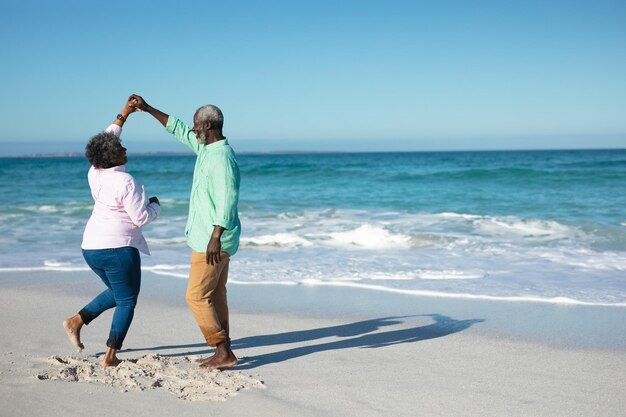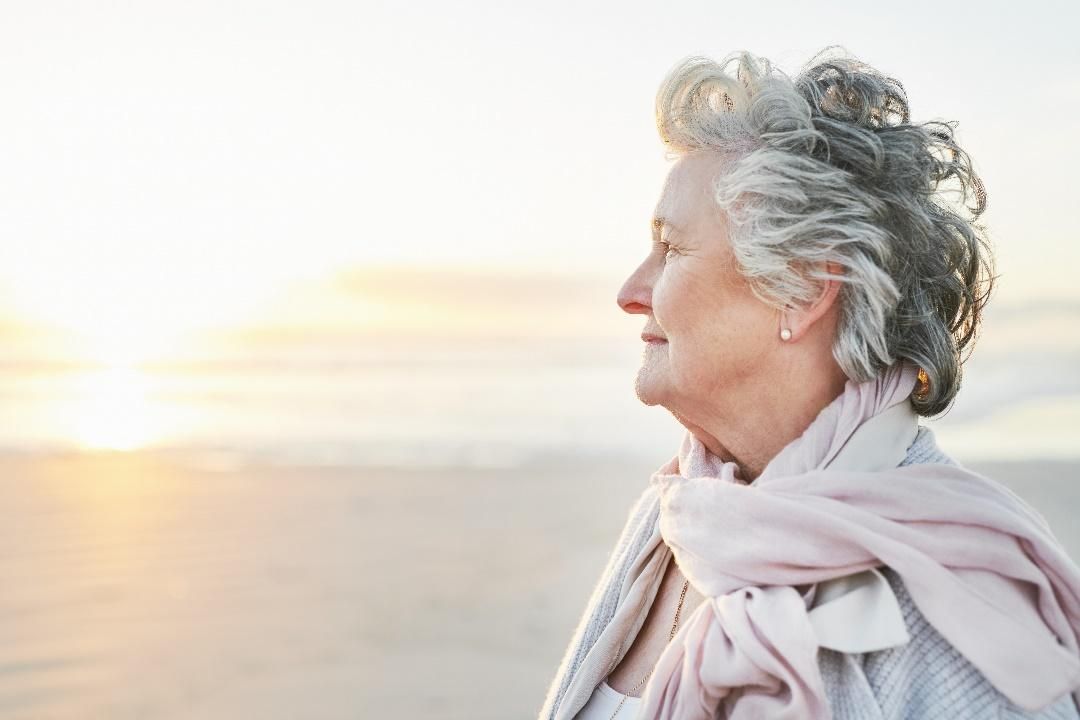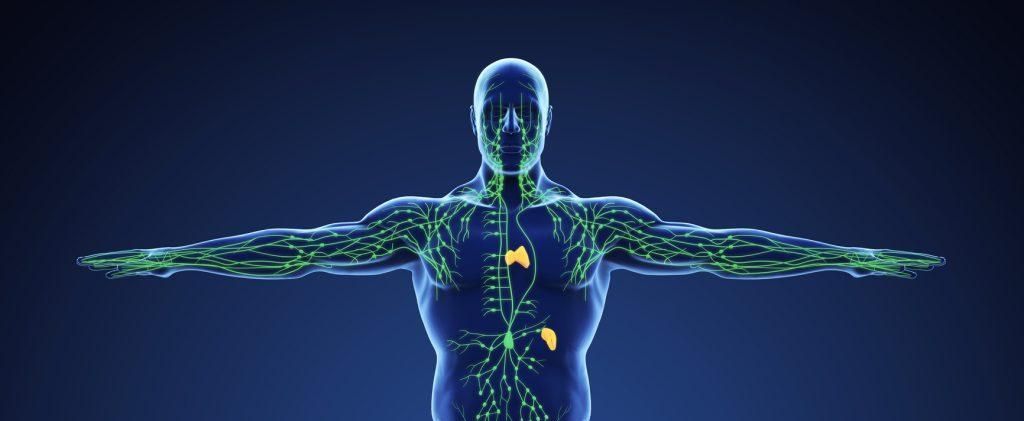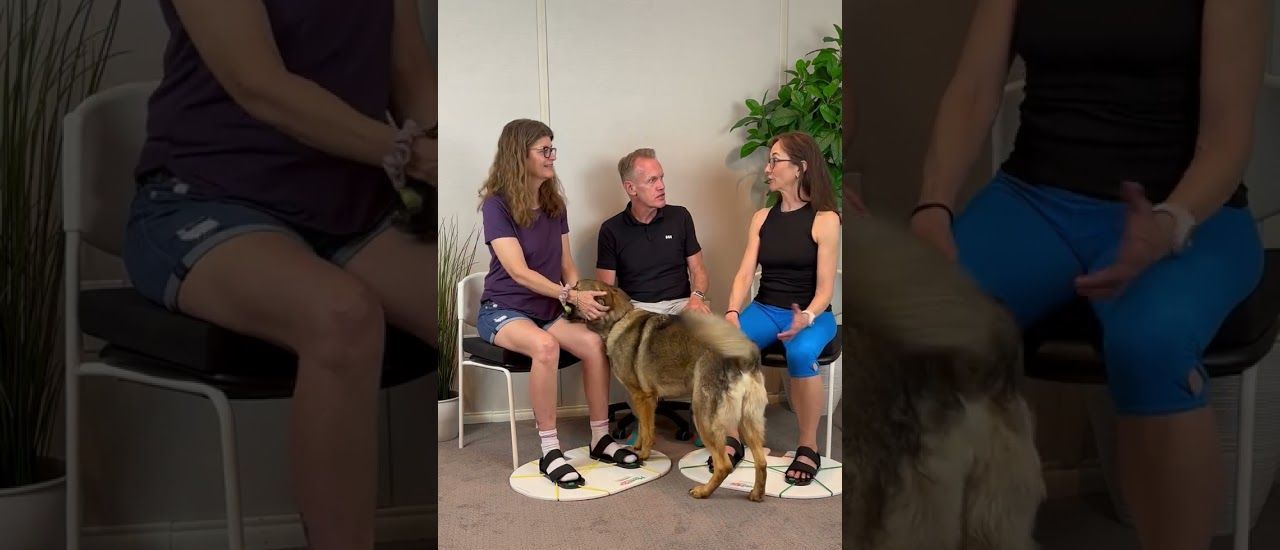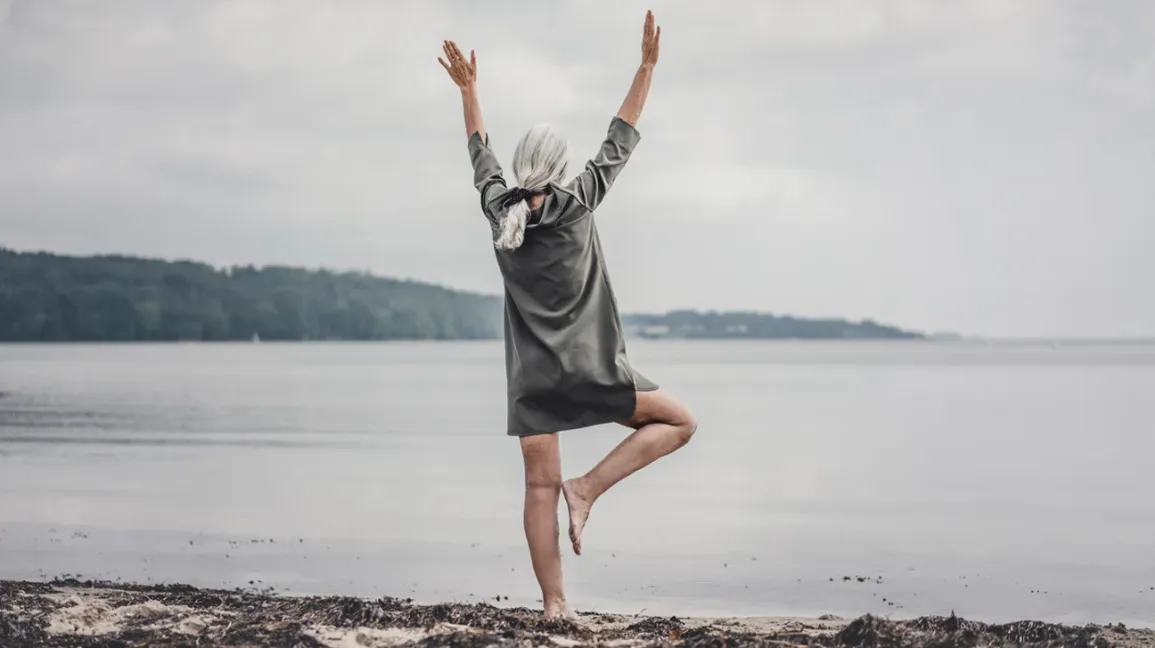Why Does Fall Risk Increase with Age?
One of the biggest concerns of older adults is a four letter word and that is “fall.” This is understandable since the results of a fall can be devastating. According to the Centers for Disease Control and Prevention 1 of 3 people over age 65 and 1 of 2 people over age 85 will fall each year.
Falls are the leading cause of accidental death and injuries in older adults. One fall can result in injuries ranging from minor bruises to wrist or hip fractures or a brain injury. This can have devastating effects on your physical and psychological function including reduced mobility and activity levels, an increased fear of falling, low confidence and keep you from going out and about.
Here’s the good news, your risk of falling can be reduced. Just like people age differently with some being as healthy as horse into their tenth decade like Blue Zone centenarians. This is largely due to consistent exercise and lifestyle choices.
Kudos for being here and learning about how to build your fall resilience because you desire to be the person who ages with good balance and confidence.
Through awareness and understanding of what causes falls, you can take action to increase your abilities to respond quickly to save yourself from a trip or stumble. Yes, you can avoid becoming a fall statistic because falls are preventable! Let’s dive into the underlying causes of falls.
The Anatomy of a Fall
A fall can be defined as “an unexpected event resulting in a person coming to rest on the ground or lower level.” Falls happen in less than a split-second; research suggests we have actually 145 milliseconds to save ourselves from a fall (Shaffer & Harrison 2007). According to the Institute of Medicine, a fall occurs in four phases that can be categorized as:
- Initiation
- Inability
- Impact
- Injury
Phase 1
Initiation: The Loss of Balance
This first phase is the initiating event that moves the body’s center of mass (trunk) beyond its base of support (feet). It can be due to extrinsic and/or intrinsic factors.
Extrinsic factors can include environmental hazards like a loose rug, electrical cord, an uneven or slippery floor, or poor lighting, among numerous other causes. Performing a home inspection with a trained professional can help mitigate such risks within the home.
Polypharmacy, or taking too many medications, can increase the risk of falling through harmful interactions; the more drugs you take, the greater the chance that one or more medications can contribute to dizziness, confusion, and poor balance. Annually reviewing medications with your physician can help mitigate this risk by potentially reducing your prescriptions.
Intrinsic factors
are the internal personal issues that most commonly contribute to initiating the loss of balance. These physical limitations include stiff unstable joints, weak muscles, poor postural control and a slower reaction time (Institute of Medicine).
Phase 2
Inability: Detect & Correct
This second phase includes the body’s inability to detect and correct the loss of balance in time to save yourself from a fall. According to the Institute of Medicine, the functional limitations associated with this phase are due to the loss of sensory function, impaired central nervous system processing and muscle weakness.
In other words, communication signals from the body’s eyes ears and joints to the brain become impaired, resulting in slower reaction times. (Want to learn more about your balance systems? Please see
last month’s blog article) “Why We Lose Balance and How We Fix It".
Phase 3
Impact: Body Hits Ground
The inability to sense and correct the loss of balance in time results in a fall which occurs when the body hits the ground. These impact forces are transmitted to bones, tissues and organs. The potential injury will depend on the magnitude and direction of the force, as well as the body’s vulnerability. In general, greater frailty leads to more severe injuries.
Phase 4
Injury: Physical and Psychological
An injury of some kind always follows a fall whether it’s physical, psychological or both. If a person is lucky, they are able to brush themselves off and get up unscathed without physical injury. We must recognize that whether or not a physical injury has occurred, falls are frightening and commonly lead to a psychological injury: the fear of falling. In fact, falling once doubles your risk of falling again (Hager et al 2019).
When people are afraid of failing, they can consciously choose to limit their activities. While this may seem like a strategy to stay safer, it actually leads to more trouble. As we move less, we tend to fall more; our joints get stiffer, muscles get weaker and our balance withers. It’s simply a matter of “move it or lose it.”
3 Action Steps to Building Fall Resilience
Now we understand that falls are caused by the inability to sense and correct the loss of balance in time to save yourself from a fall. The areas you can address today are polypharmacy and the extrinsic and intrinsic fall risk factors.
- Review your Prescriptions: Schedule an appointment with your doctor to review your medications. This will provide the opportunity to potentially reduce your prescriptions that can contribute to an increased risk of injury and falls. Be sure to advocate for yourself here and review medications at least every year.
- Remove Environmental Hazards: Perform a home inspection on your own or with the help of a healthcare professional trained in fall prevention. Look for and correct any areas in your home that can increase your risk of a trip, slip or stumble; Remove throw rugs, install grab bars and check lighting. To help you thoroughly review your home, I will post a lengthy list of extrinsic risk factors to check for in next month’s blog!
- Focus on Function: improve joint flexibility and strength to be able to sense and correct the loss of balance in those 145 milliseconds needed to recover and stay upright! Ankles are the primary joint involved in balance. Research shows that ankle range of motion and strength are one of the areas most prone to decline and dysfunction.
Practice joint and ankle mobility exercises regularly and sign up for a balance class! Using the
MoveMor videos is a simple and easy way to start. Improving your lower body flexibility and strength with MoveMor is a great supplement to any balance training program and can accelerate your functional improvements so you can move steadier, stronger and faster in less time.
Take action today and enjoy moving more freely and living more fully! Cheers to your good health, longevity and better balance!
References
- Institute of Medicine https://www.ncbi.nlm.nih.gov/books/NBK235613/
- CDC https://www.cdc.gov/falls/facts.html
- Scott W Shaffer, Anne L Harrison, Aging of the Somatosensory System: A Translational Perspective, Physical Therapy, Volume 87, Issue 2, 1 February 2007, Pages 193–207, https://doi.org/10.2522/ptj.20060083
- Mittaz Hager AG, Mathieu N, Lenoble-Hoskovec C, Swanenburg J, de Bie R, Hilfiker R. Effects of three home-based exercise programmes regarding falls, quality of life and exercise-adherence in older adults at risk of falling: protocol for a randomized controlled trial. BMC Geriatr. 2019 Jan 14;19(1):13.
https://pubmed.ncbi.nlm.nih.gov/30642252/
